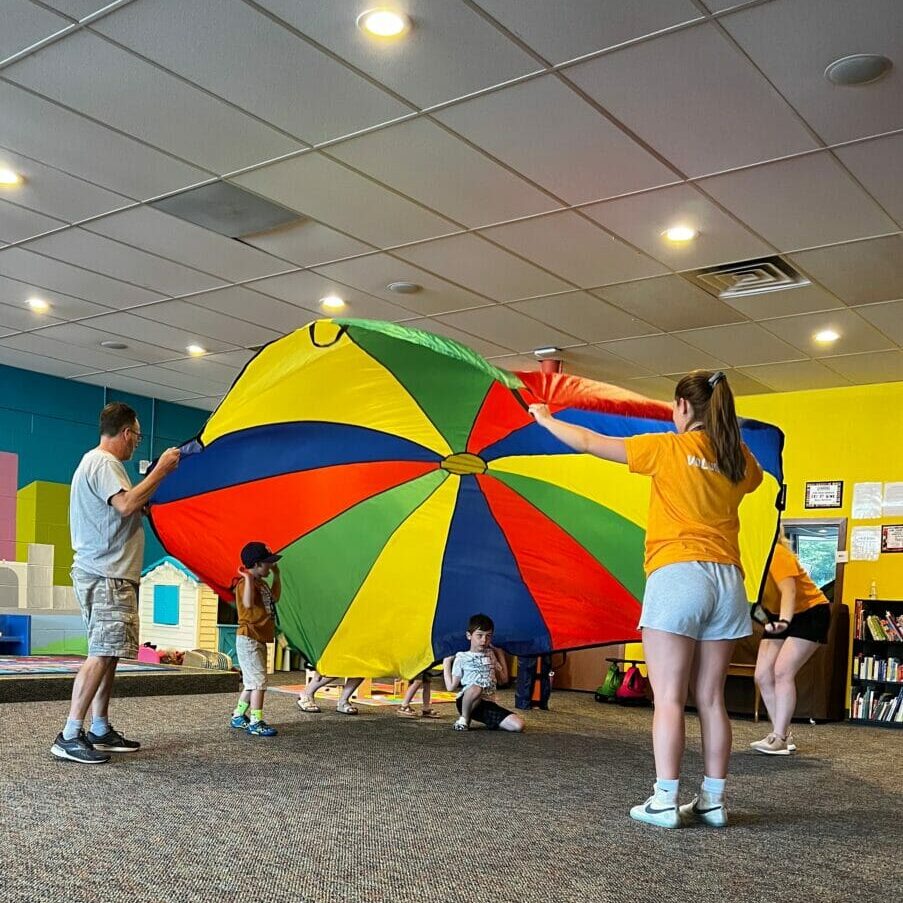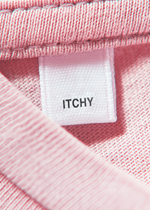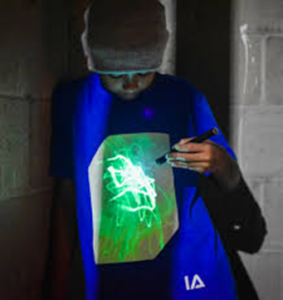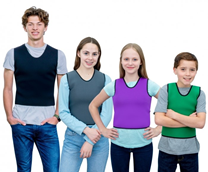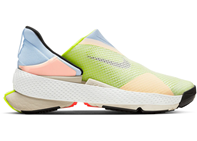Sensory Blog- Tactile Processing
Guest blog written by Occupational Therapy Assistant Student, Juliana Lehman OTAS
Advisement, Editing and Supervision by Deborah Bebeau EdD, OTR
Have you ever removed tags from the back of your shirt or pants because they are annoying? Do you prefer loose jeans over a leg-hugging fit or vice versa? Cotton fabric over wool, or the other way around? If you said “yes” to any of these questions, you have an understanding of tactile processing. All of us respond in different ways to tactual input, this allows us to be comfortable in our “own skin”.
The tactile sense refers to anything related to touch. As a tangible affirmation of the world, people and objects around us, touch informs, connects, stimulates, and helps us navigate an appropriate response. Sensors all over the human body send impulses to the brain. From head to toe we are covered in them. The feeling of light touch, pressure, pain, hot, and cold are examples of the brain’s interpretation of the sensor’s readings.
What we put on our bodies can heighten a sensory response or dampen it. Serving as a highlighter to all the sensory possibilities, children with developmental delays may seek out interactive clothing. The brighter the colors, lights, sounds or textures, the greater the attraction and response. Children can find more opportunity to use their senses and communicate when their senses are stimulated with physical engagement. For example, check out the boy in the picture (below). He is using a light to bring to life the image on his shirt to reveal a whole new glowing design. These sensory enhanced clothing items can be considered a therapeutic intervention allowing for psycho-motor enrichment (Soares, 2012).
If children can be more coordinated in the space around them, self-organize better, or have improved sleep with simple external changes, it could be worth a closer look. Another option for engagement through wearables may be weighted clothing or bracelets that are designed to reinforce an individual’s awareness of body posture and movement timing.
If, on the other hand, certain tactile experiences are avoided, this may be a sign of tactile defensiveness. Pain or unpleasant sensations are connected to touch in these situations.
The research shows that children with autism have a more intense reaction to touch because they feel it more acutely. For intervention here look to wearables, which can soothe, or help desensitize heightened touch receptors (Requelme, 2016). Quick drying fabric can help the wet-averse, compression garments with no internal stitching may provide a needed protective layer under clothing, and shoes that slip on with a comfortable, breathable hands-free or adapted fastener design may assist those with foot and hand sensitivities and allow more comfort. Look for a few more ideas in the sensory reduction column.
With empathy to a child’s unique navigation in the world, if at first you do not succeed in making it better, try, try again.
Intervention Ideas
For more successful participation in daily activities, consider ways to reduce or enhance sensory stimulation from the immediate surroundings. Environmental interventions are often key to improving behavior, prolonging attention, and promoting self-regulation (Reynolds, 2017).
To enhance sensory stimulation, consider:
- altered seating surfaces (i.e., ball chairs, air cushions, rocker chairs),
- compression clothing, (can work in multiple areas, individual dependent)
- clothing with brighter colors, lights, illumination, sounds, or textures
- fidget rings, bracelets, and necklaces
- weighted vests or lap pads
To reduce sensory stimulation, consider the use of:
- headphones
- visors
- sunglasses
- compression clothing (serves as a second skin that protects against unwanted tactile stimulation)
- slip-on or adapted shoes
Where to Find Adaptive Wearables
- For fun illuminated apparel: click here
- For compression clothing: click here
- For fidget jewelry: click here
- For a wide variety of wearable solutions: click here
- For daily household sensory friendly options: click here or here for a line called “Universal Thread”
- For adapted shoes: click here, or here
Disclaimer: By referencing products or services this author does not directly or indirectly endorse any specific product or services. This blog is for informational purposes only and is not intended to provide medical advice. Please consult with your child’s physician or licensed practitioner and consider the individual needs of your child.
Sources
- Soares, M. M., Jacobs, K., Pires, Â., & Miguel, R. (2012). Design of therapeutic clothing for sensory stimulation of children with psychomotor delay. Work, 41, 4739–4745. https://doi.org/10.3233/wor-2012-0026-4739
- Ide, M., Yaguchi, A., Sano, M., Fukatsu, R., & Wada, M. (2019). Higher Tactile Temporal Resolution as a Basis of Hypersensitivity in Individuals with Autism Spectrum Disorder. Journal of Autism & Developmental Disorders, 49(1), 44–53. https://doi.org/10.1007/s10803-018-3677-8
- ASMIKA, A., Ayu OKTAFIANI, L. D., KUSWORINI, K., SUJUTI, H., & ANDARINI, S. (2018). Autistic Children Are More Responsive to Tactile Sensory Stimulus. Iranian Journal of Child Neurology, 12(4), 37–44.
- Riquelme, I., Hatem, S. M., & Montoya, P. (2016). Abnormal Pressure Pain, Touch Sensitivity, Proprioception, and Manual Dexterity in Children with Autism Spectrum Disorders. Neural Plasticity, 1–9. https://doi.org/10.1155/2016/1723401
- Reynolds, S., Glennon, T. J., Ausderau, K., Bendixen, R. M., Kuhaneck, H. M., Pfeiffer, B., Watling, R., Wilkinson, K., & Bodison, S. C. (2017). Using a Multifaceted Approach to Working With Children Who Have Differences in Sensory Processing and Integration. The American journal of occupational therapy : official publication of the American Occupational Therapy Association, 71(2), 7102360010p1–7102360010p10. https://doi.org/10.5014/ajot.2017.019281
Recent Posts
